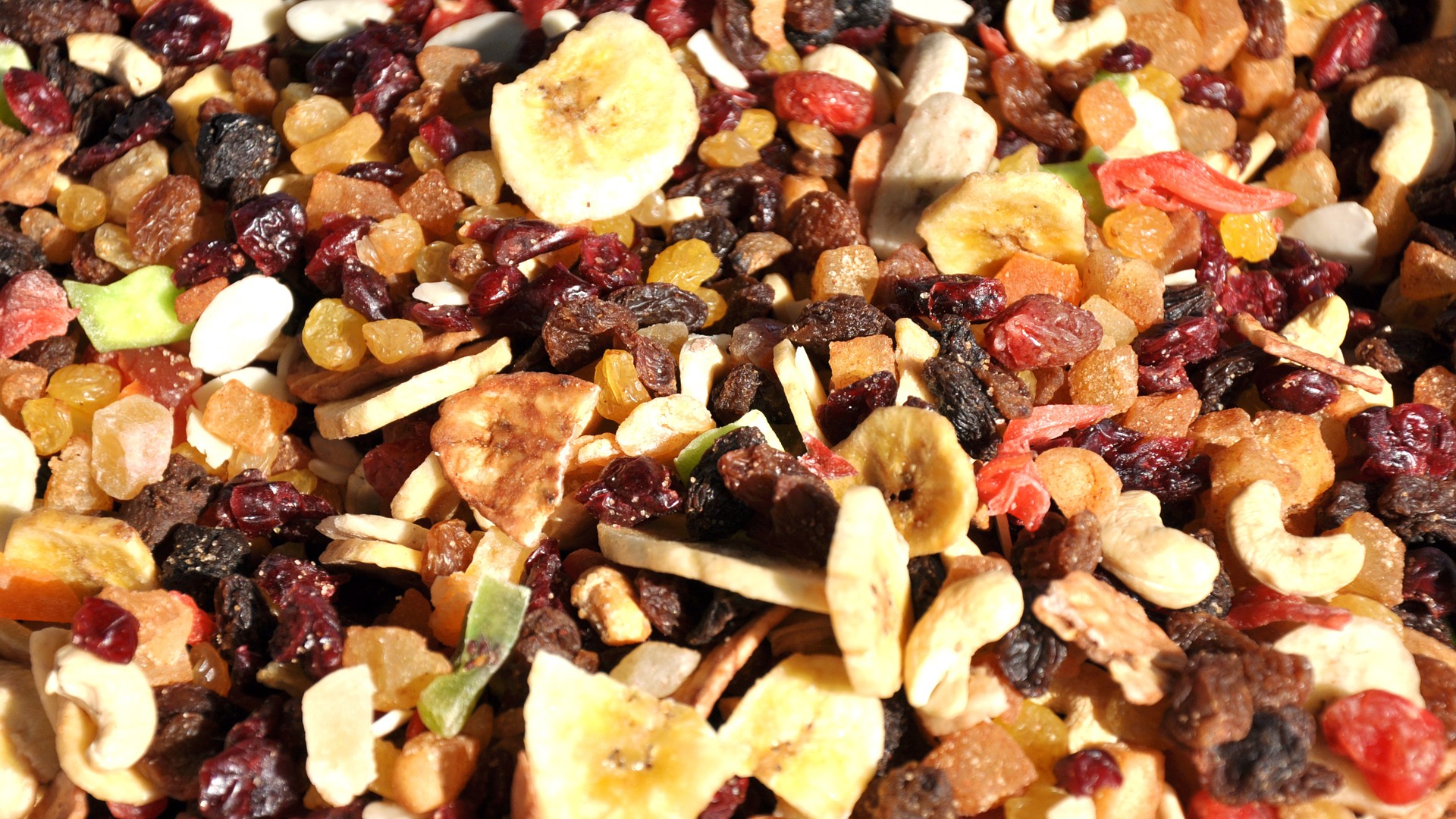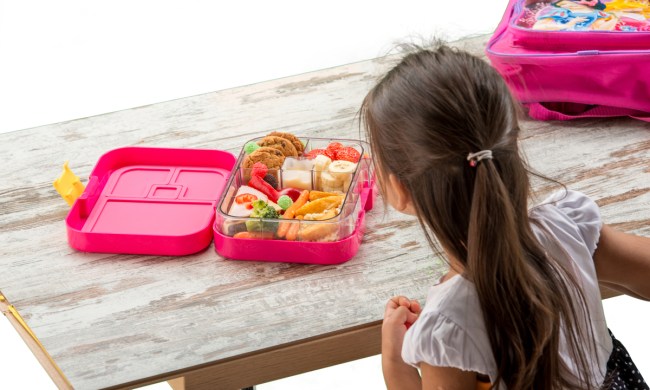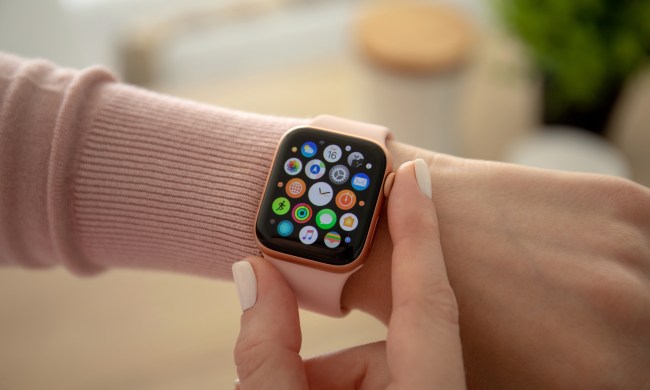Serving kids fruit is a great way to sneak in some health benefits while catering to their natural aptitude for sweets. But when you’re at a restaurant, in the car, on the go, or just don’t have time to clean up the mess that fresh fruit can leave behind, dried fruits can serve as a convenient alternative for snacks and meals. They also have a longer shelf life than fresh fruit.
What is dried fruit?

Dried fruit is real fruit, but it has gone through a drying process that removes almost all of the water content. The most common varieties of dried fruit include raisins, apricots, bananas, mangoes, cranberries, pineapples, prunes, dates, and figs.
Although fruit loses some of its Vitamin C content when it is dried, it is still chock-full of vitamins and minerals and is a rich source of fiber and antioxidants, which are essential to growing kids.
Since dried fruit is high in calories and natural sugars, it’s important to serve them in individual portions rather than letting your little one feed themselves out of a large bag. It’s also a good idea to steer clear of the “candied” varieties of dried fruit, which are coated with added sugar or syrups that make them a less-healthy choice for children. Some kids are sensitive to sulfites, which are used to add artificial coloring to brightly colored dried fruits. In this case, try to choose dried fruits in natural colors.
Tips for serving dried fruit safely
Wondering when it’s safe to introduce children to dried fruit? Most experts agree once babies have learned to chew solid food, they can try raisins and other dried fruits. This is usually around 9 to 12 months.
When serving dried fruit to babies under a year old, it’s best to serve it in mashed or pureed form. For babies over a year, you can do the following:
- Serve dried fruits cut up in bite-sized pieces to make them easier to eat.
- To help your little one absorb more nutrients from dried fruit, you can soak it in water before serving.
- While you can certainly serve dried fruit on its own, you can also sprinkle it into your child’s oatmeal, cereal, or yogurt.
- Start with other solid food options first. Dried fruit can be a bit taxing on the digestive system, so let your baby get accustomed to eating some other, more easily digested foods before making the transition.
Because dried fruit can be sticky and could leave a gummy residue on your child’s teeth, it’s a good idea to brush or rinse after eating.
Monitor your child for a potential allergic reaction. If you notice any signs of intestinal distress, vomiting, diarrhea, hives or rashes, itching, flushing, or other symptoms in the three-day period after introducing dried fruit, your child could be allergic to dried fruit.
Dried fruit can be a healthy and tasty addition to your baby or toddler’s daily diet. Be sure to follow the guidelines for serving it safely and monitor your little one after introducing it.
Looking for more? Check out some food ideas for picky toddlers.


